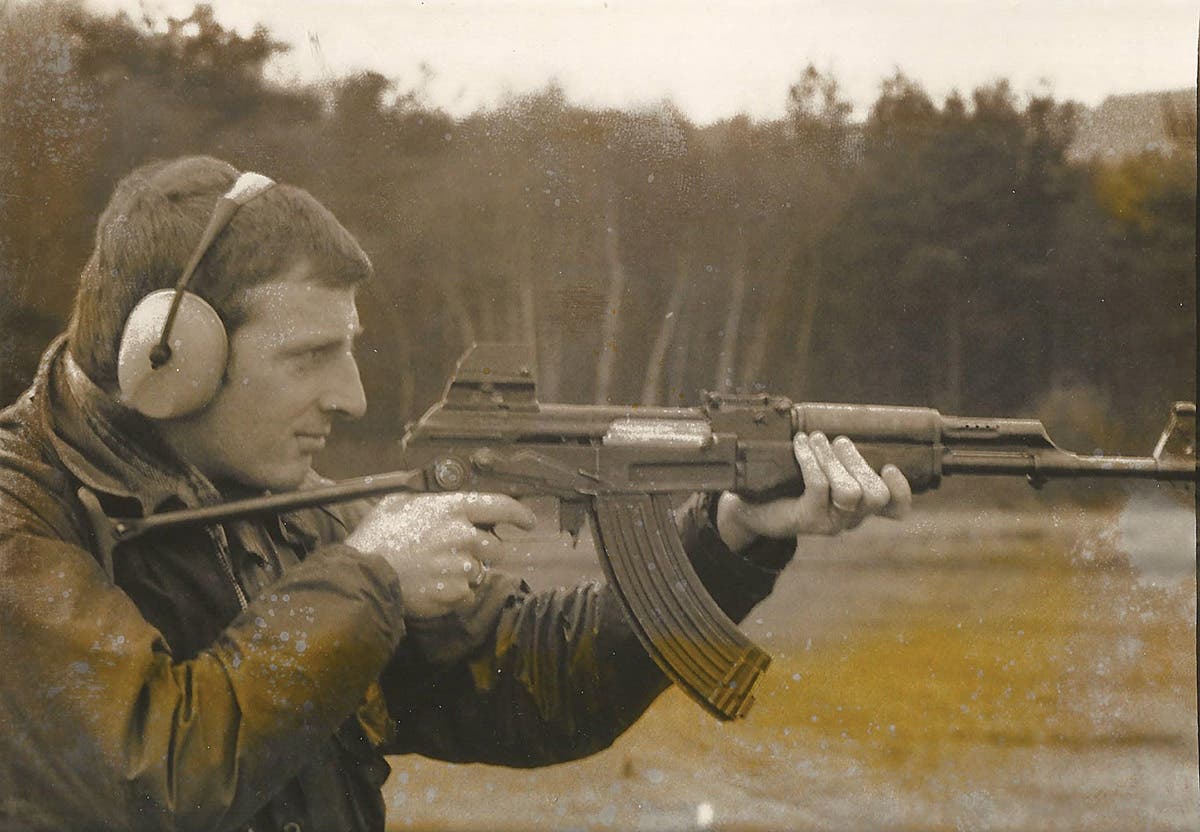Army Wounded Warrior Program marks 10 years
ALEXANDRIA, Va. – The U.S. Army Wounded Warrior Program (AW2) commemorates its 10th anniversary this month, honoring a decade of impact for more than 19,000 of the most severely wounded,…
ALEXANDRIA, Va. – The U.S. Army Wounded Warrior Program (AW2) commemorates its 10th anniversary this month, honoring a decade of impact for more than 19,000 of the most severely wounded, ill and injured soldiers and families.
Established in 2004 as the Disabled Soldier Support System (DS3), AW2 plays a strategic and tactical role in executing the Army’s Warrior Care and Transition Program (WCTP) under the Warrior Transition Command (WTC). The AW2 model of personalized support extends through a corps of more than 200 AW2 Advocates at Army and Veterans Affairs facilities throughout the country. These AW2 Advocates work with each soldier to anticipate challenges, identify programs and benefits and ensure continuity of care throughout the recovery and transition process.
“While we reflect on this significant milestone, it is important to remember that we are commemorating our commitment to serve those who are severely wounded, ill, and injured,” said COL Johnny Davis, Army Wounded Warrior Program (AW2) Director. “This is a wonderful opportunity to recognize the resilience of our AW2 soldiers, veterans, families and caregivers and to honor the tireless effort and dedication of AW2’s staff in supporting them throughout their recovery and transition back to duty or to veteran status.”
Key milestones in AW2’s history include:
- April 2004: Established the Disabled Soldier Support System (DS3)
- November 2005: Name changed to U.S. Army Wounded Warrior Program (AW2)
- June 2006: First AW2 Symposium. The seven total symposiums resulted in real change (ie: VA Caregiver Stipend, expanded TSGLI coverage, financial counseling for AW2 soldiers, Special Compensation for Assistance with Activities of Daily Living)
- April 2007: Warrior Transition Units established
- November 2008: Assumed Recovery Coordination Program mission for Army
- April 2009: Moved under U.S. Army Medical Command (MEDCOM)
- September 2009: Established AW2 Community Support Network (now WTC Community Support Network with 300 organizations)
- October 2009: Warrior Transition Command (WTC) established and AW2 integrated into WTC structure
- February 2011: Wounded Warrior Federal Employment Conference
- February 2012: Wounded Warrior Employment Conference (expanded to include private sector employers)
- 2013: Conducted online Symposium to gather feedback on improving warrior care from soldiers and families
- 2014: Regional staff trainings (planned) on resilience, lessons learned, VA integration and continuity of services
Today, through the combined efforts of WTC, WTUs and AW2, the WCTP provides personalized support to more than 24,000 Soldiers and Veterans throughout the recovery and transition process. Building on their breadth of experience in supporting the most severely wounded, ill and injured, AW2 transition professionals help write policies and guidance affecting all wounded, ill and injured Soldiers, including those recovering at the Warrior Transition Units (WTUs). AW2’s expertise has impacted almost every aspect of the recovering Soldier’s experience, from the Comprehensive Transition Plan (CTP) to career and employment readiness to adaptive reconditioning to community support resources.
“I was like a piece of equipment needing some repairs,” said Sgt. First Class Karl E. Pasco, who endured multiple injuries on two separate deployments to Iraq. He worked with his AW2 Advocates in each location to obtain internships and attend college during his recovery and build a shooting range to improve dexterity in his arm. “They would challenge me to attain the goals that I set.”
The U.S. Army Warrior Transition Command (WTC) is a major subordinate command under the U.S. Army Medical Command. WTC provides oversight for the Warrior Care and Transition Program that is implemented at the Army’s 29 Warrior Transition Units (WTUs) and through the U.S. Army Wounded Warrior Program (AW2). At WTUs, each soldier develops a personalized comprehensive transition plan with short- and long-term goals in six domains: physical, social, spiritual, emotional, family and career. For the most severely wounded, AW2 Advocates provide personalized support throughout the recovery and transition process.







